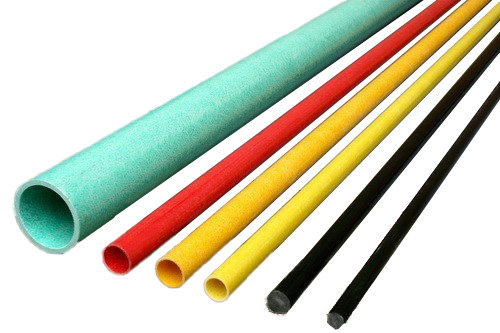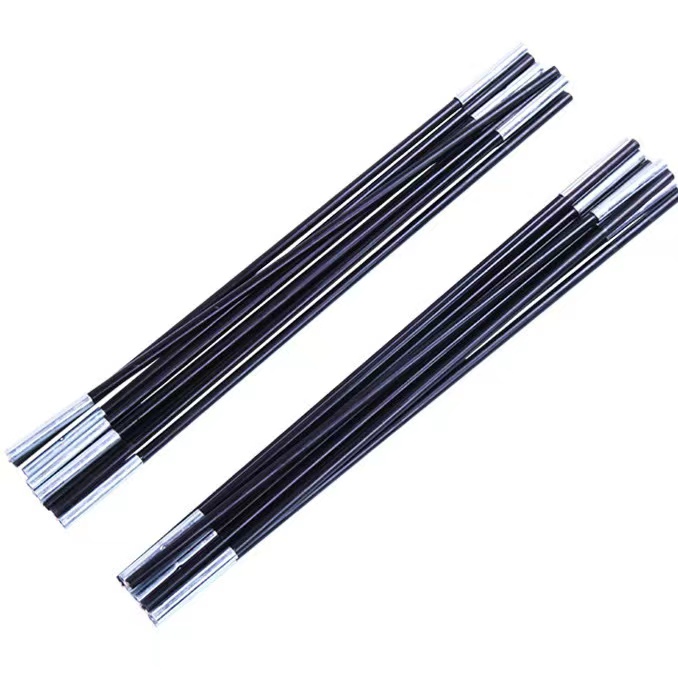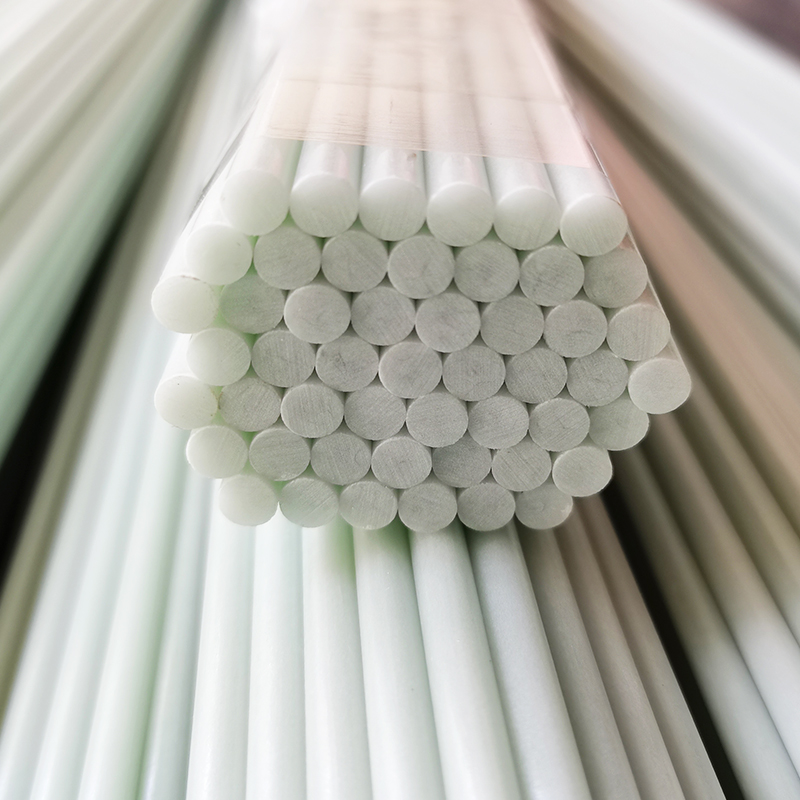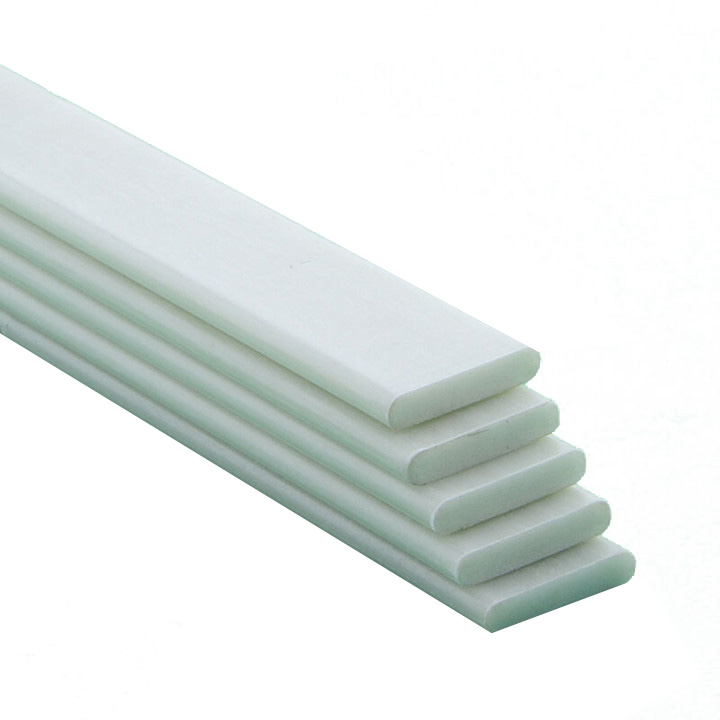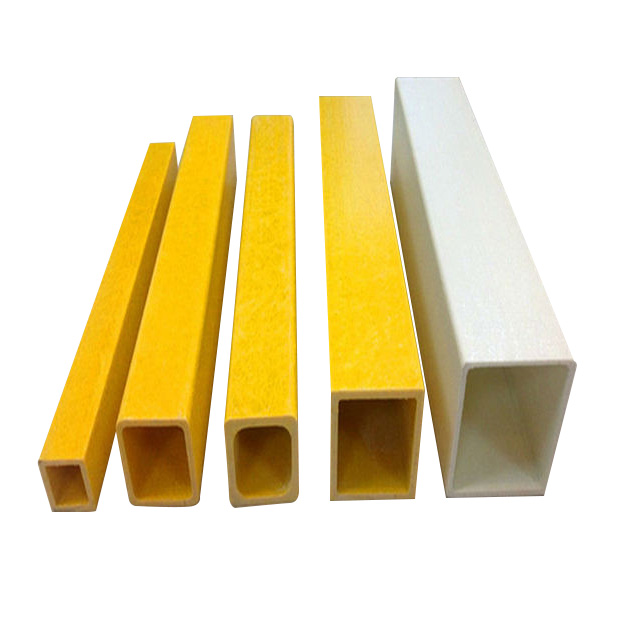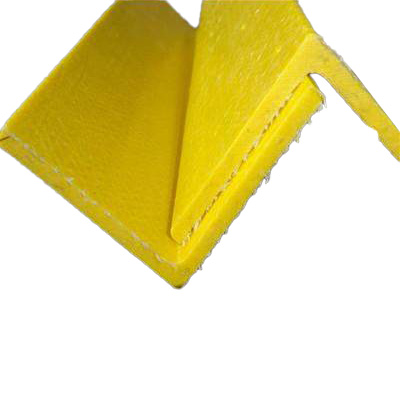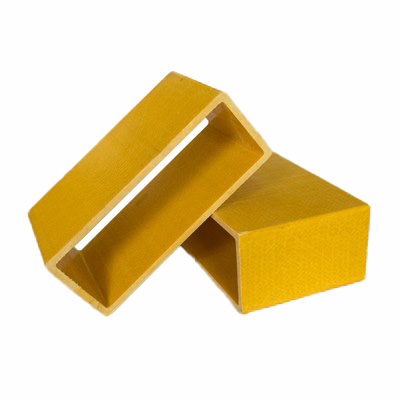FRP Corner Angle is a fiber-reinforced plastic (FRP) structural component designed to provide strong, lightweight, and corrosion-resistant corner reinforcement in construction, industrial, and infrastructure applications. Unlike traditional materials such as steel, aluminum, or wood, FRP Corner Angles offer superior durability, chemical resistance, and electrical insulation, making them ideal for outdoor, marine, and harsh industrial environments.
Pengenalan kinerja produk
This article will cover the physical properties, specifications, advantages, disadvantages, and applications dari FRP Corner Angle to help you understand its benefits and potential limitations.
1. Physical Properties of FRP Corner Angle
1.1. Strength and Durability
-
Rasio Kekuatan-terhadap-Berat Tinggi – Comparable strength to steel but significantly lighter.
-
Excellent Tensile and Flexural Strength – Can withstand bending, compression, and tensile loads.
-
Impact and Shock Resistance – Absorbs vibrations and sudden impacts effectively.
1.2. Corrosion and Weather Resistance
-
Corrosion-Resistant – Ideal for marine, chemical, and industrial environments.
-
UV Resistant – Coatings are available to prevent degradation from sunlight exposure.
-
Moisture and Chemical Resistance – Withstands exposure to harsh chemicals, water, and extreme weather conditions.
1.3. Electrical and Thermal Properties
-
Tidak konduktif – Provides electrical insulation, making it safe for power plants and telecommunications.
-
Low Thermal Conductivity – Reduces heat transfer, useful in temperature-sensitive installations.
1.4. Fire Resistance
-
Fire-Retardant Options – Available in specialized phenolic or fire-resistant resin formulations.
-
Low Smoke and Toxicity – Safer for applications in confined spaces or public buildings.
2. Specifications and Dimensions
2.1. Standard Dimensions
FRP Corner Angles come in various sizes, typically defined by leg length and thickness:
-
Leg Sizes: 25mm × 25mm (1” × 1”) to 150mm × 150mm (6” × 6”)
-
Ketebalan: 3mm (1/8”) to 12mm (1/2”)
-
Panjang: Standard 3m (10ft) and 6m (20ft), with custom lengths available.
2.2. Material Composition
FRP Corner Angles consist of:
-
Reinforcement Fibers:
-
E-glass – Cost-effective with good strength and durability.
-
S-glass – Higher performance for increased mechanical strength.
-
Carbon fiber – Lightweight and extremely rigid for specialized applications.
-
-
Polymer Resins:
-
Poliester – Affordable and widely used.
-
Vinil Ester – Offers better chemical resistance.
-
Epoxy – High mechanical strength and excellent adhesion.
-
Fenolik – Provides superior fire resistance.
-
2.3. Mechanical Properties (Typical Values)
| Properti | Typical Value |
|---|---|
| Daya tarik | 200-600 MPa |
| Kekuatan Lentur | 200-500 MPa |
| Kekuatan Kompresi | 200-550 MPa |
| Kepadatan | 1.5-2.0 g/cm³ |
| Modulus of Elasticity | 20-35 GPa |
3. Advantages of FRP Corner Angle
3.1. Lightweight and Easy to Handle
-
Up to 70% lighter than steel, making it easier to transport and install.
-
Reduces labor costs and equipment needs for installation.
3.2. Corrosion and Chemical Resistance
-
No rusting, rotting, or degradation, even in moisture-rich or corrosive environments.
-
Suitable for marine, wastewater, and industrial chemical exposure applications.
3.3. Electrical and Magnetic Safety
-
Tidak konduktif – Enhances safety in electrical, railway, and telecommunication infrastructure.
-
Non-Magnetic – Useful for MRI rooms and sensitive instrumentation facilities.
3.4. Low Maintenance and Long Lifespan
-
No painting, sealing, or coating required, unlike steel or wood.
-
Resistant to mold, mildew, and termites.
3.5. Easy Fabrication and Installation
-
Can be easily cut, drilled, and joined using common tools.
-
No welding required, reducing installation complexity and costs.
3.6. Sustainable and Cost-Effective
-
Longer lifespan than metal or wood, reducing the need for frequent replacements.
-
No expensive corrosion treatments required, minimizing maintenance costs.
4. Disadvantages of FRP Corner Angle
4.1. Higher Initial Cost
-
FRP is more expensive than steel or aluminum per unit.
-
However, long-term savings on maintenance and replacement justify the investment.
4.2. Lower Stiffness Compared to Steel
-
More flexible than steel, requiring additional support in load-bearing applications.
-
Not ideal for high-load structures without reinforcement.
4.3. UV Degradation Without Protection
-
Exposure to direct sunlight can cause surface fading or slight degradation.
-
Requires UV-resistant coatings for long-term outdoor use.
4.4. Limited High-Temperature Resistance
-
FRP can soften above 150-200°C, unlike steel, which withstands extreme heat.
-
Fire-retardant versions are available but come at a higher cost.
4.5. Recycling Challenges
-
Difficult to recycle due to its composite structure.
-
Limited eco-friendly disposal options.
5. Applications of FRP Corner Angle
5.1. Industrial and Infrastructure Uses
-
Structural Corner Reinforcement – Used in walkways, platforms, and load-bearing frameworks.
-
Chemical Processing Plants – Resistant to acids, alkalis, and industrial solvents.
-
Water Treatment Facilities – Corrosion-resistant in high-moisture environments.
5.2. Marine and Offshore Applications
-
Dock and Pier Construction – Saltwater-resistant alternative to steel and wood.
-
Boat and Ship Structures – Lightweight reinforcement for marine vessels.
5.3. Construction and Building Applications
-
Corner Protection and Edge Reinforcement – Used in buildings, warehouses, and bridges.
-
Roofing and Framing Supports – Ideal for lightweight but strong structures.
5.4. Electrical and Telecommunications
-
Substation and Power Grid Infrastructure – Non-conductive for electrical safety.
-
Telecom Towers and Enclosures – Durable and resistant to environmental stressors.
6. Conclusion
FRP Corner Angle is a strong, lightweight, and corrosion-resistant alternative to traditional corner reinforcement materials. It offers superior durability, non-conductivity, and low maintenance, making it ideal for construction, industrial, marine, and electrical applications.
FRP Corner Angle
Seri :
Produk Utama >aplikasi
Industrial Applications,Marine & Offshore,Infrastructure & Construction,Electrical & Telecommunication
Nama merk :
komposit TF
Nama Produk :
FRP Corner Angle
Bahan :
fiberglass
Warna :
Gray,Other
Pertanyaan Umum
Q :
How long do FRP Special-Shaped Parts last?
A :
FRP Special-Shaped Parts have a service life of 25+ years, significantly outlasting many traditional materials such as wood (5-10 years) or steel (10-15 years, depending on conditions).
Q :
Can FRP Special-Shaped Parts be used outdoors?
A :
Yes! FRP Special-Shaped Parts are highly UV-resistant and weatherproof, making them ideal for outdoor use in harsh environments like marine applications, chemical plants, and infrastructure.
Q :
What are the typical dimensions and sizes of FRP Special-Shaped Parts?
A :
The dimensions of FRP Special-Shaped Parts vary greatly depending on the application and design. However, common sizes include: Length: Can be customized based on the project requirements (commonly 3m to 6m). Thickness: Typically 3mm to 50mm or more depending on strength needs. Width: Can be tailored based on the required shape and function (from small profiles to large sheets). Custom shapes such as curved, angled, and hollow profiles can be created to match exact design specifications.
Produk terkait lainnya






